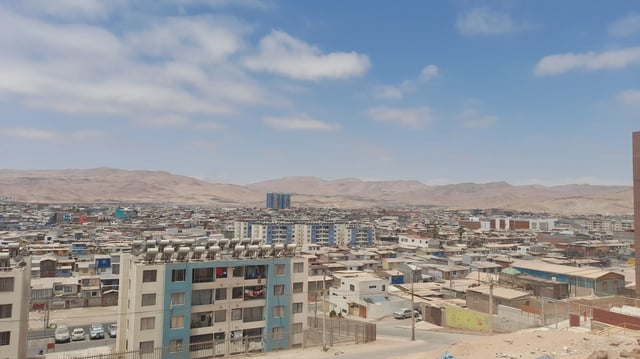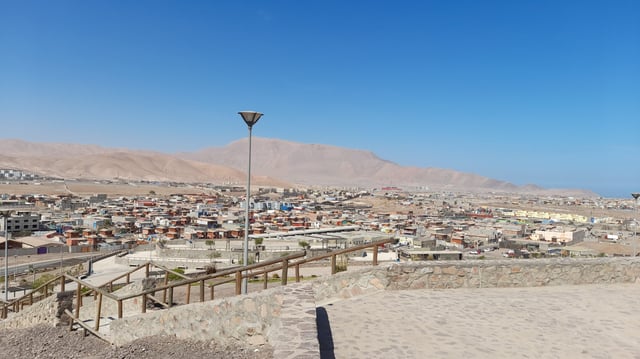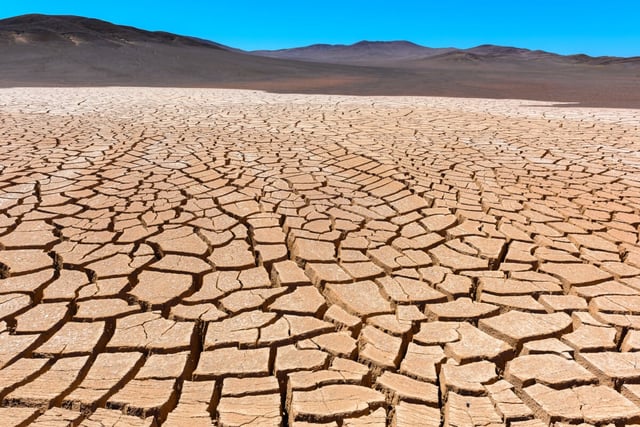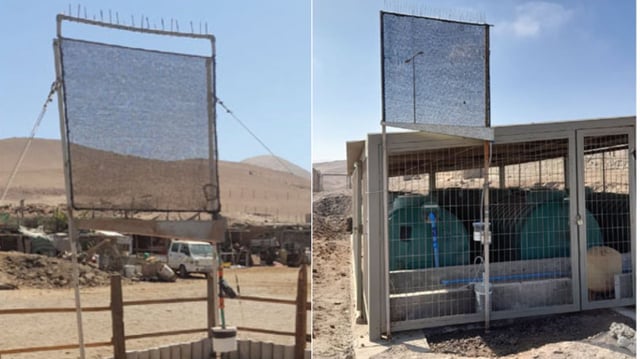Overview
- The Atacama Desert in northern Chile, one of the driest places on Earth, faces severe water scarcity as aquifers deplete after 10,000 years without rainfall recharge.
- A study suggests that fog harvesting, using fine mesh panels to capture water from fog, could provide up to 300,000 liters of water weekly for Alto Hospicio's informal settlements.
- Fog harvesting is a low-tech, energy-efficient method that has been used in rural areas globally and could now be scaled for urban use in water-stressed regions.
- The collected water could support drinking needs, irrigate green spaces, and enable hydroponic farming, potentially improving food security in the desert environment.
- Further research is needed to refine fog collection models, identify optimal locations, and ensure water safety for human use, while policymakers are urged to integrate fog harvesting into urban water strategies.



